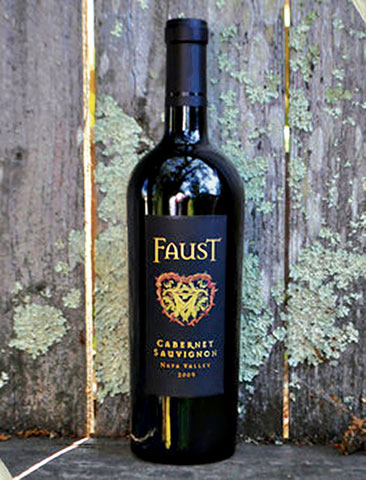When Wine Geeks Are Fashionistas
You know how some wine fanatics can get really “geeked out” looking for the newest fashion in wine? I do, and the current fashionable category of wine for geeks and sommeliers to rave about is “orange wine.”
No, this is not wine made from oranges. These are white wines that have so much color to them that they may look as if they have an orange, amber or yellow-gold tint to them.
To understand these wines, one must first understand how wine – in this case, white wine – can take on color. Color in wine can first come from the skins. Some varieties of grape have thicker skin than others and can even have a rose-like tinge to their skin when they are ripe, like Gewurztraminer and even Pinot Grigio. When the skins are kept in contact with these juices for a longer period than normal, or even fermenting the juice along with the skins – which is quite rare – the juice simply picks up some of that color.
Color also can come from the container that the wine is aged in, primarily oak. During the process of making an oak barrel, the wooden staves are literally toasted over an open fire. That toasting chars the surface of the wood. Once the barrel is completed and filled with wine, it infuses the wine not only with all of the nuanced flavors of oak, such as butter, vanilla, smoke, toasted bread, etc., it also permeates the wine with the color. That color can range from light to deep gold.
The last method to giving color to a white wine (outside of adding red wine to create a rose) is by exposing the wine to air for a longer than normal period of time. A winemaker may choose to do this by keeping the wine in oak barrels, perhaps not even new oak barrels for extended aging. Oak barrels are not completely air tight and allow transpiration for the wine. In fact, the volume of the wine is reduced over time while it is in barrel, leading to the term “angel’s share.” This practice is akin to leaving a cut apple on the counter overnight. When you return to it, it will invariably be brown from oxidation.
What geeks are actually excited about is that some winemakers are pushing the envelope by allowing their wines to be exposed to so much air – purposefully oxidizing them to give the wines a secondary character somewhat more like a mature wine but at an early age.
Some winemakers also are experimenting with fermenting on the skins of the white grapes, which was much more common in centuries past before wine consumers’ tastes for clear and pale white wines became the norm.
I would add that there have been some successes with these techniques, but they are few and far between. I think these examples are exceptions, and though it may be fashionable right now, it will not become a wholesale movement or revolution in the end. As I have always maintained, it will ultimately be the quality in the bottle that counts more than any technique used to give the wine color.
mw-vino-02
Recommendations: 2009 Faust Cabernet Sauvignon ($49) Sweet vanilla tones round out a beautiful array of black fruits and spices. It is full bodied and seamless with flavor for days and balance to boot. NV La Montecchia “Fior d’Arancino” ($15) This fully sparkling Moscato is wonderfully refreshing and sweet to drink. Flowers, peaches, oranges and pears simply overflow from the glass. Ladies, take note!






